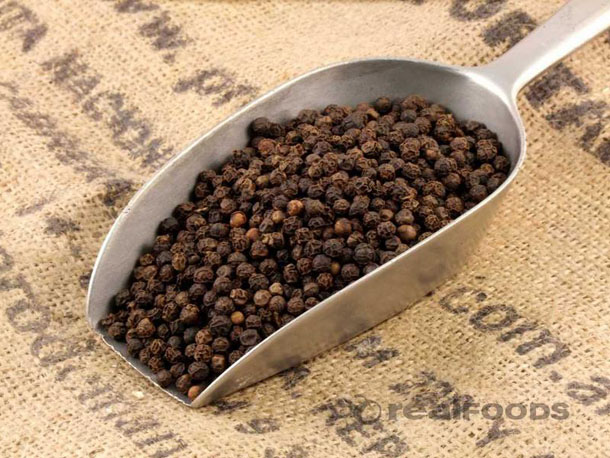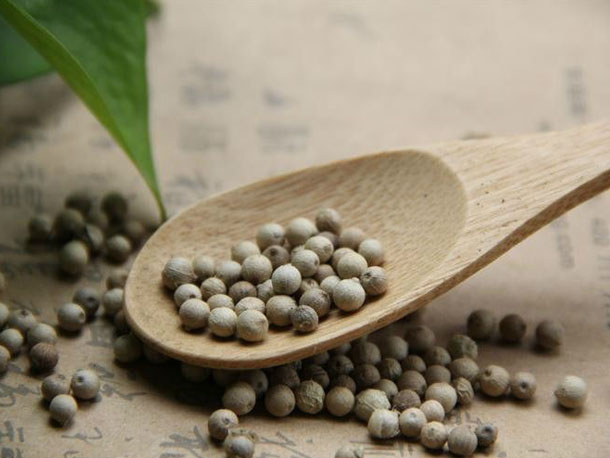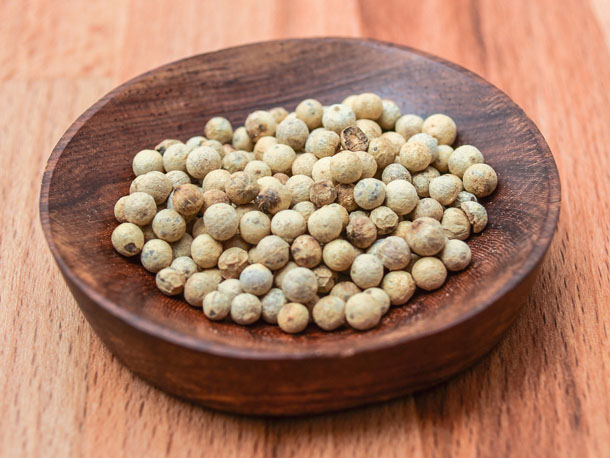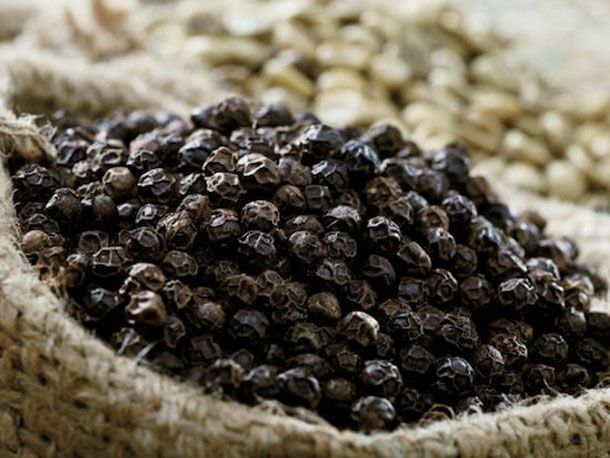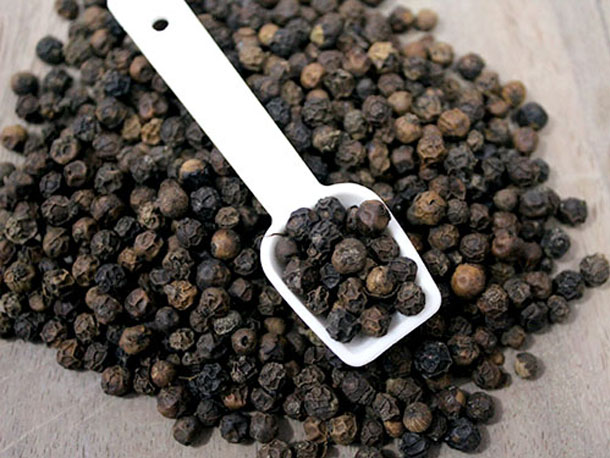Brazilian pepper market still problematic
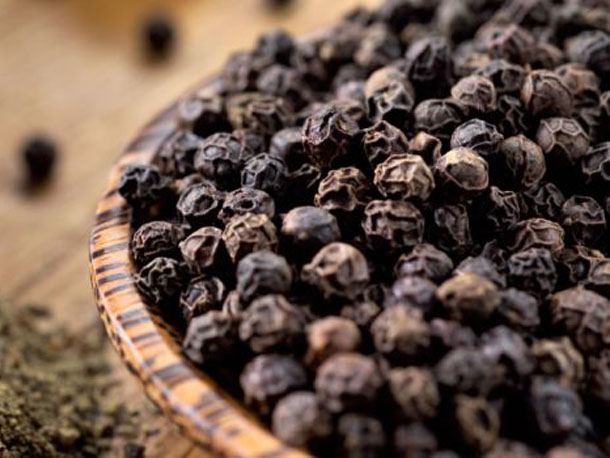
There are still no signs of the catch crop from Espirito Santo in the south east part of Brazil, Juliano Camara of the Fortaleeza office of Amberwood Trading (Rotterdam) said in a market report today.
This mid-year crop was completely damaged by the drought caused by the El Niño during first five months of the year, Camara explained. “We are still believing that some small quantities should come to the market by September 2016, but surely the damage is more than 35% in this second largest producing region,” he warned.
Last year Espirito Santo state exported around 11,783 tonnes and the greatest part of local consumption was produced in this state, which is much closer to the main centres than Para is, Camara noted.
There are reports that cool weather and some rains arrived 15 days ago with the winter in the southern hemisphere. This might help saving the next crop there, which might start in December 2017/January 2018, the report suggested.
The crop in Para state crop should be the same size as last year’s or slightly smaller. From January 2017 until June 2017, 15,911 tonnes has been exported, of which 8,868 tonnes was done from Para state and 6,461 tonnes was made by Espirito Santo state.
For nearby shipment very little has been offered/traded as there is not much material left. During June 2017, B1 grade of minimum 560 g/l was said to be traded above USD9,500/tonne fob for July 2017 shipment.
Camara explained that in the first week of July Amberwood Trading started noticing some selling interests by some shippers in the north of Brazil. Last week, some business for August 2017 and September 2017 shipments was reported to be traded – B1 of minimum 560 g/l at around USD 9,100/tonne and BASTA at USD9,200/tonne fob Belem/VDC.
“Some buyers are cautiously watching the market. Some buying ideas has been placed in the market at around USD8,800/tonne fob Belem/VDC for B1 minimum 560 g/l and BASTA at USD8,900/tonne fob Belem/VDC, but no business was confirmed,” the report added.
Camara observed that the US dollar seems to keep depreciating against the Brazilian real. This year the devaluation is around 18.21%, compared with last year.
The company advises buyers who are looking for sundried material to start their purchases right at the outset of the Para crop when there is no problem in procuring material that has been dried in this way and also no large premium for the sundried pepper.
Meanwhile, the Vietnamese pepper market is very steady at the moment, with local sellers sharing all round the information that buying forces are weak. “Despite the fact that some business happened from Chinese traders during the last few days, such actions just caused slight ripples to the market,” Camara remarked.
The export volume out of Vietnam is estimated at 105,000-110,000 tonnes up to the end of June (70-75% of the estimated crop size).

